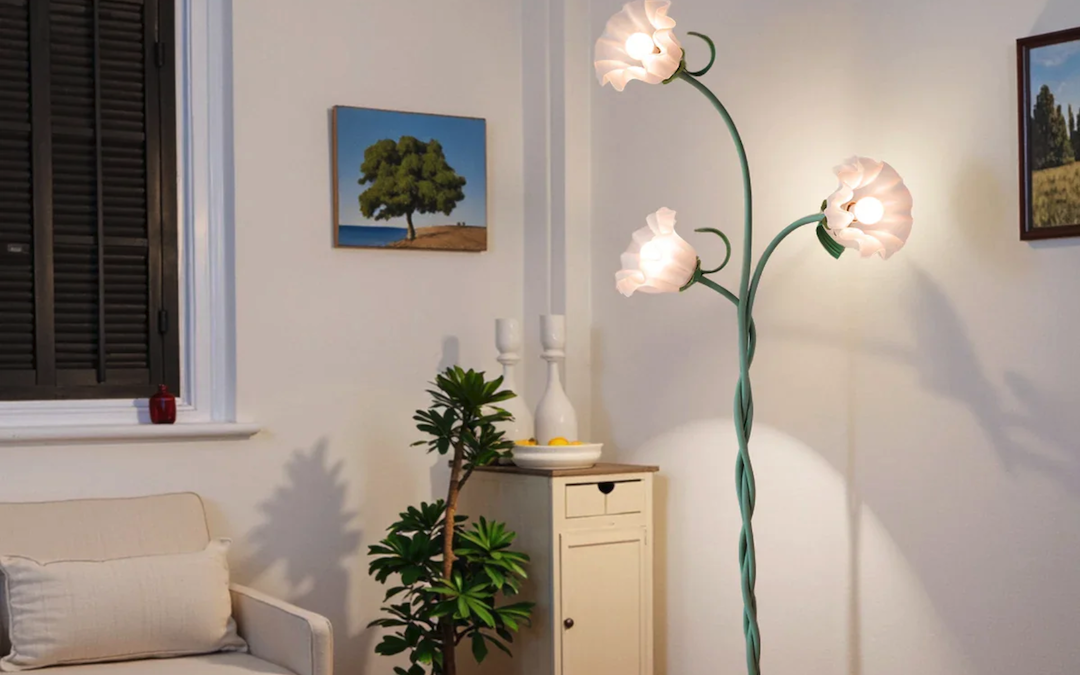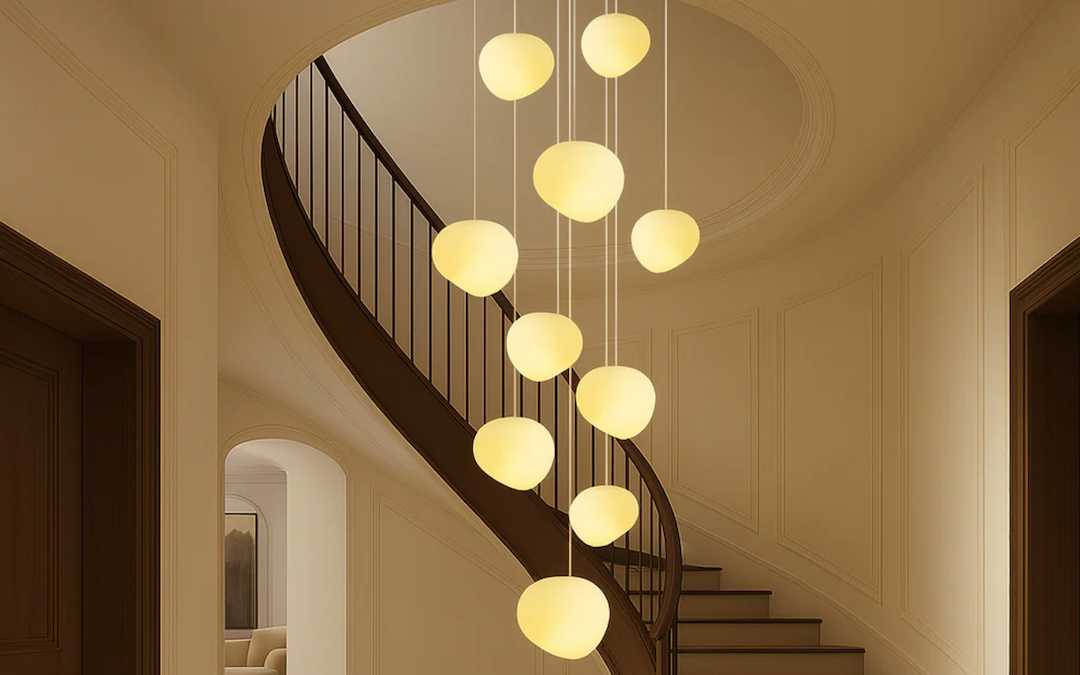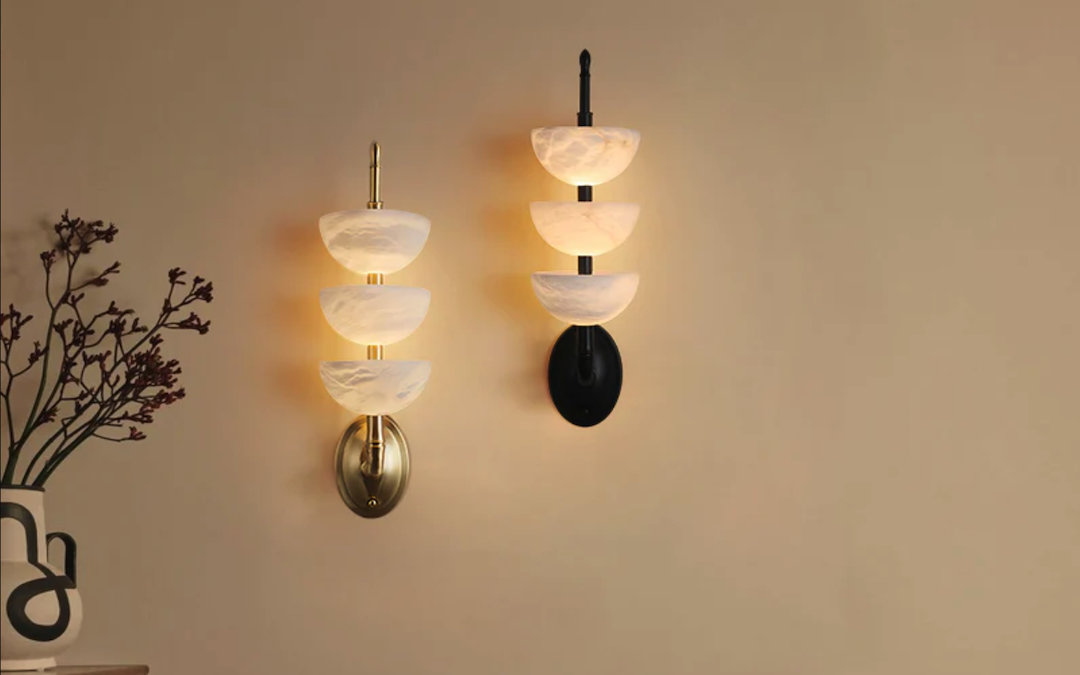
Shining a Light on Camera Performance: The Importance of the Camera Light Circle
Introduction
The camera light circle, also known as the illumination circle or ring light, is a crucial element of a camera’s performance. It is the circle of light emitted by the camera’s flash or LED light. The camera light circle is responsible for illuminating the subject when the lighting conditions are poor. In this article, we will discuss the importance of the camera light circle and its impact on image quality.
The Importance of Lighting in Photography
Lighting is one of the most critical factors in photography. A well-lit photograph can make all the difference in the final image’s quality. The correct lighting can enhance the subject’s features, highlight textures, and create dramatic effects. Poor lighting, on the other hand, can leave the subject looking dull and uninteresting.
In some cases, natural light may be sufficient for capturing a high-quality photograph. However, there are many situations when natural light is either not available or inadequate, such as when photographing in low light conditions or indoors. The camera light circle comes into play in such situations, providing sufficient illumination to the subject.
The Function of the Camera Light Circle
The camera light circle serves two primary functions: to provide illumination for the subject and to reduce harsh shadows. When a photograph is taken in bright light, the shadows can be too dark, making the subject look unrecognizable. However, with the camera light circle, the illumination is even and reduces harsh shadows, resulting in more accurate depictions of the subject.
The camera light circle also plays a crucial role in videography. A camera with a built-in light circle is an ideal tool for vloggers, content creators, and those who create video content. The ring light provides even lighting that enhances the subject’s features and eliminates unwanted shadows.
Impact on Image Quality
The camera light circle’s impact on image quality is significant. A well-illuminated subject with reduced shadows results in a sharp, detailed image. The final image is more visually pleasing, with accurate skin tones, hair color, and textures. When photographing a product, the illumination provided by the camera light circle can make the difference between an average photo and a great one.
On the other hand, insufficient illumination can result in an image that is grainy, blurry, or lacks detail. Poor lighting can also result in images with inaccurate colors and tones, making them appear washed out or too dark.
Modes of Operation and Types of Camera Light Circles
Most modern cameras come with various modes of operation for their light circles. These modes are typically designed to cater to different lighting conditions and scenarios. For instance, some cameras feature a “low light” mode that is optimized for dim lighting or nighttime photography.
There are also various types of camera light circles available in the market, including LED light, fluorescent light, and incandescent light. LED light circles are energy-efficient, long-lasting, and offer excellent color accuracy. Fluorescent light circles are ideal for color-critical applications, as they provide a wide spectrum of colors. Incandescent light circles are the most common type, providing consistent and warm tones.



